Four years ago I switched my boys to Singapore Math. It is a decision I have never regretted. Little did I know how integral mental math was to the approach and how it would change and grow my children’s math skills.
I used the Standards Edition Teacher’s Guide as the basis for our mental math practice. Each teacher’s manual has about 30 of these exercises. The child is supposed to go through all of these doing the calculations mentally.
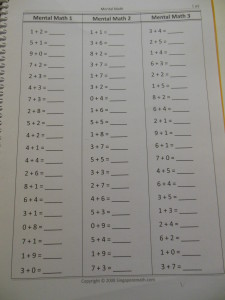
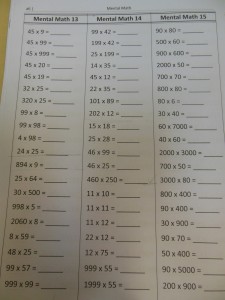
Some of the exercises were tough and quite challenging, but my boys made it through to the other side stronger and more able to handle numbers mentally.
I also discovered that mental math practice helped my kids understand math concepts better. After all, adding or multiplying three digit numbers together mentally requires that you really understand place value.
My daughter has begun the mental math journey now, starting with the Singapore 1B exercises. She will continue with the mental math exercises as she makes her way through the Singapore books. I already noticed a huge difference in her calculation speed. A short time ago, she was adding up with her fingers. Now that we have started mental math exercises, she closes her eyes tight, visualizes, and then tells me the answer. It takes her about 1/3 of the time it used to take her to come up with the answer. Her accuracy has increased as well.
My boys’ Singapore journey has been great preparation for their move to Art of Problem Solving which should be great preparation for their desired STEM career.
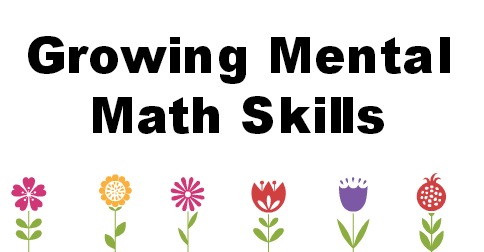
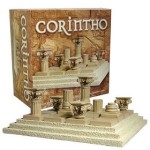
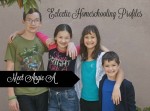

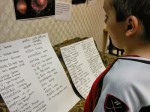
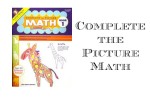

Really nice strategies for mental math.
I’m currently using BJU math, but have often wondered about Singapore. How does it compare to BJU? I’m stuck on making a decision because it’s so different from what I’m used to. Did you find the concepts easy to teach? We’re your kiddos confused by the different way of teaching math?
It took some getting used to, but I’m happy we made the switch. My kids were on the younger side with my oldest starting 3rd grade when we made the switch to Singapore. I’ve heard it is more difficult to switch the older the child is. It took some getting used to for me as well, but learning this new way to do math really helped ignite my love for the subject that I had always found so boring before.
I would love to know more about the mental math strategies. When you say visualization, do you mean they picture 4 beads combining with 2 beads? (For example.) Thanks in advance!
Yes, for visualization my daughter pictured fingers in her head and counts them. Today, she added up some numbers and told me that she didn’t need to see her fingers. I see visualization as more of a tool to get started with mental math.